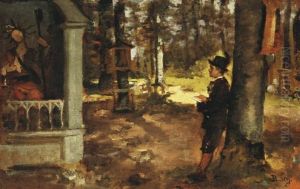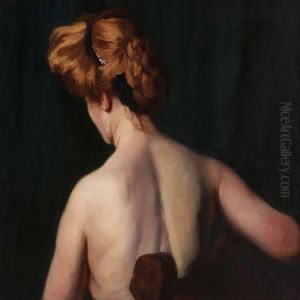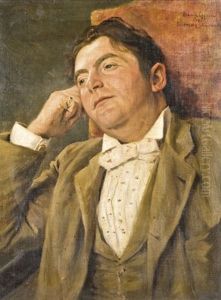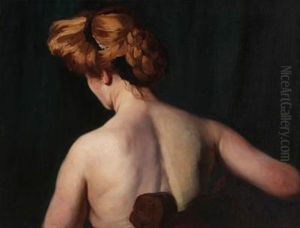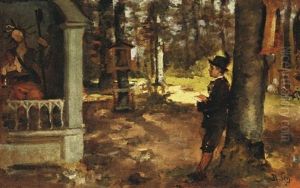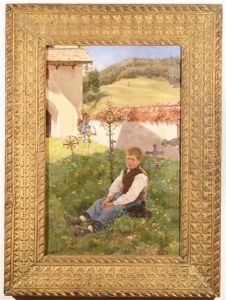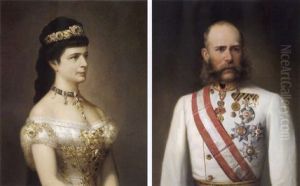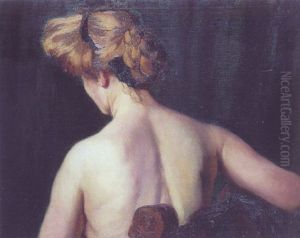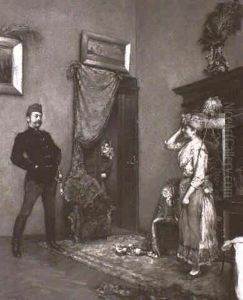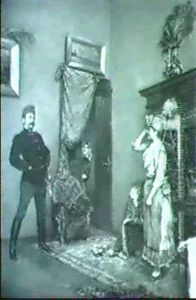Gyula Basch Paintings
Gyula Basch was a Hungarian painter and graphic artist whose career spanned the late 19th and early 20th centuries. Born on January 28, 1886, in Budapest, Hungary, Basch grew up during a time of significant change and development in the Austro-Hungarian Empire. He was part of a generation that witnessed the flourishing of Hungarian culture and the arts during this period, which was characterized by a blend of traditional Hungarian elements and the influence of Western European movements.
Basch began his artistic education at the Hungarian Royal Drawing School, where he was instructed by notable artists of the time. He then continued his studies abroad, which was a common practice among Hungarian artists seeking to broaden their perspectives and hone their craft. Basch lived and worked in various European cities, including Munich and Paris, which were vibrant centers for artists and intellectuals in the early 20th century.
His artistic style was heavily influenced by the trends of his time, including Impressionism and Post-Impressionism, as well as the Hungarian Nagybánya (Baia Mare) artists' colony's approach to painting. Basch's work often featured landscapes, urban scenes, and portraits, capturing the essence of his subjects with a keen eye for light and color. He was also known for his graphic works, which displayed a strong sense of design and an ability to convey emotion and atmosphere.
Despite the artistic success he experienced during his lifetime, Gyula Basch's life was tragically cut short. He died during the Holocaust in 1944, as a victim of the atrocities committed against the Jewish population during World War II. His death marked the loss of a talented artist who had contributed significantly to the Hungarian art scene. Today, Basch's works are considered important pieces of Hungarian cultural heritage and can be found in various collections and museums in Hungary and beyond.

